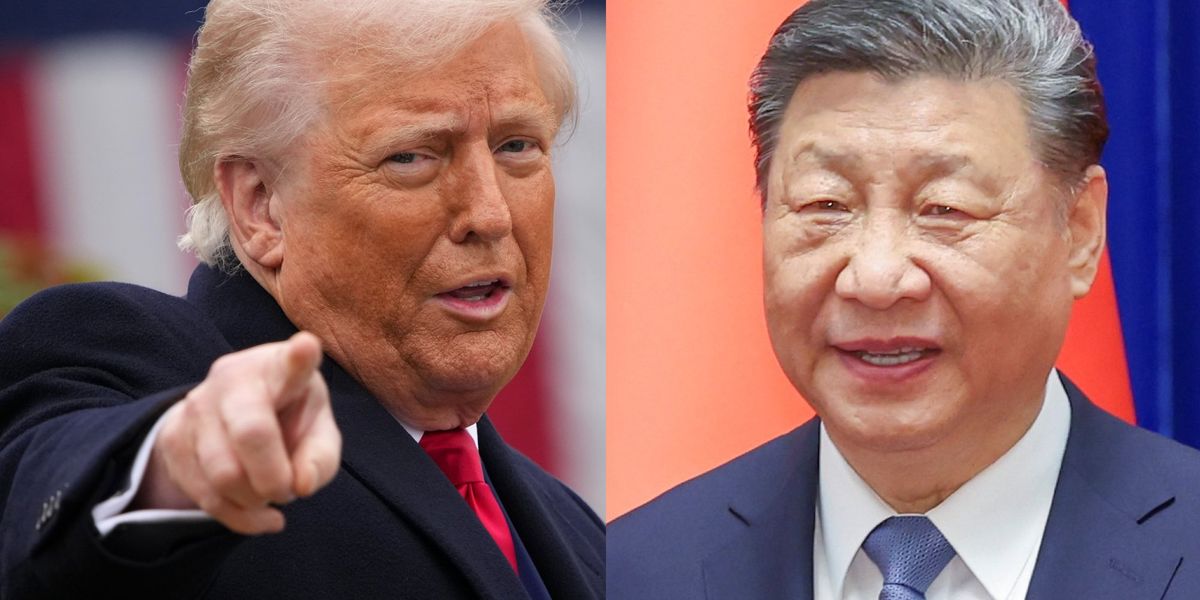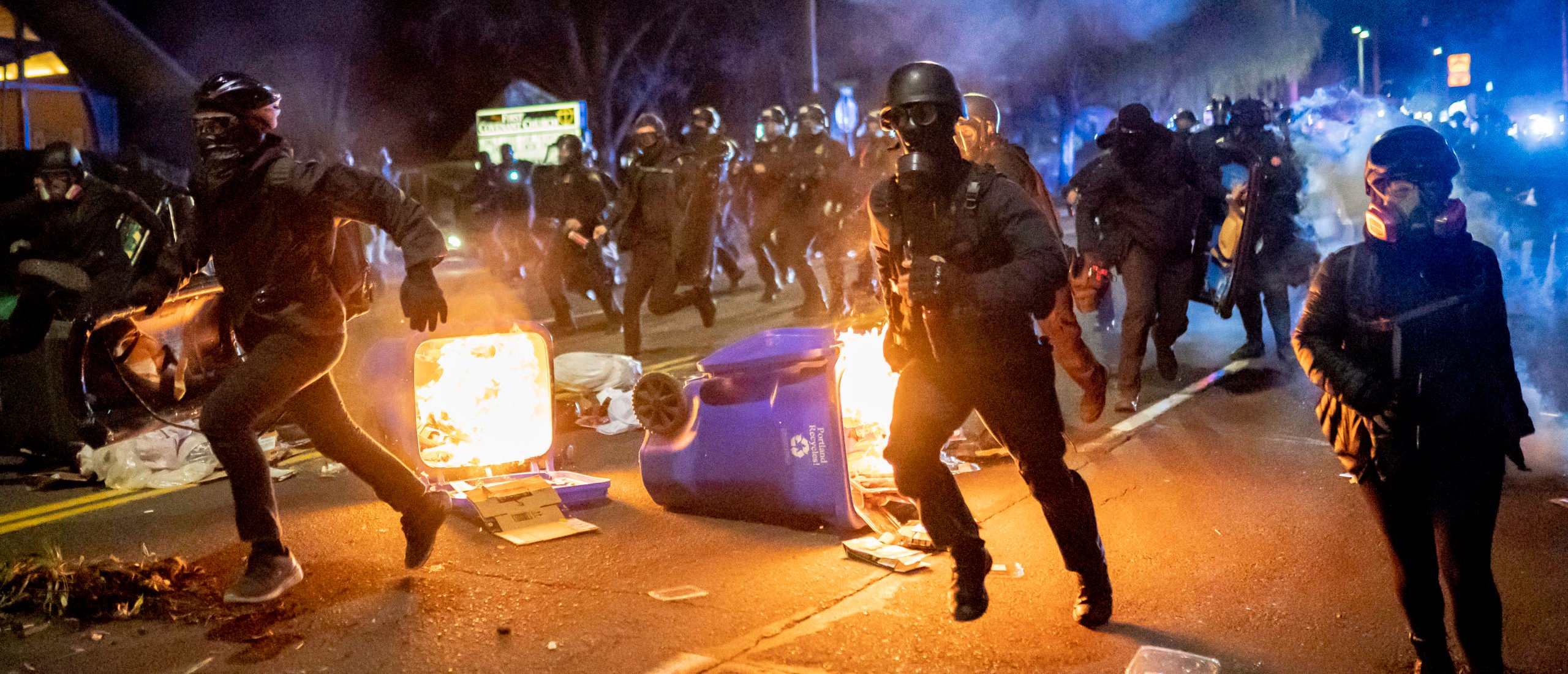President Donald Trump recently turned up the heat on China with a bold tariff move after they hit back with their own tariffs against the U.S. This all started when Trump announced tariffs on several countries, but he made it clear that China was at the top of his list for more severe measures. In response, China slapped a hefty 34% tariff increase on American goods.
Trump didn’t hold back, stating that any country daring to retaliate with extra tariffs would face even more severe consequences. Specifically, he threatened China with a jaw-dropping 50% tariff if they didn’t back down. The president highlighted China’s extensive tariff practices, which he described as abusive and manipulative.
On social media, Trump didn’t mince words, pointing out China’s long history of tariff abuse and illegal economic practices. He made it clear that any further retaliatory actions from China would only worsen their situation. Trump emphasized he wasn’t interested in meeting with Chinese leaders until they changed their course.
Moreover, Trump announced that any ongoing talks with China were off the table. Instead, he planned to focus on negotiations with other nations eager to engage in trade discussions with the U.S. Countries like Israel, Japan, and South Korea are now looking to strengthen their trade ties with America.
Commerce Secretary Howard Lutnick stepped in to defend Trump’s approach, highlighting the president’s aim to revitalize U.S. industry. The administration’s intention is to bring back manufacturing jobs that have been lost over the years due to globalization. Lutnick stressed that these measures are all about putting American workers first.
While Trump’s tariffs have stirred the pot, the stock market has taken a hit, losing significant value. Despite this, the administration remains steadfast in its mission to challenge unfair trade practices and restore balance. The president’s strategy seems to be pushing other countries to the negotiating table.
Trump’s stance has been clear: he sees these tariffs as a necessary step to protect American interests. The president’s bold moves have drawn a line in the sand, urging other nations to rethink their trade policies. His actions are aimed at leveling the playing field for American businesses and workers.
The backlash from the tariffs hasn’t deterred Trump from his course. Instead, it has emboldened him to push harder against countries he believes are taking advantage of the U.S. Through these actions, Trump aims to send a message that America will no longer tolerate unfair trade practices.
Trump’s rhetoric has been consistent, emphasizing the need for fair trade deals. His administration continues to advocate for policies that prioritize American economic interests. The president remains committed to his agenda, despite the challenges and criticisms that have arisen.
As the trade tensions continue, Trump seems determined to stand his ground. His message to China and other countries is clear: change your ways or face the consequences. This approach underscores his commitment to protecting American jobs and industries.
The president’s actions have sparked a global conversation about trade policies and economic strategies. Trump’s bold approach has certainly caught the attention of international leaders. Amidst the ongoing trade saga, the administration’s focus remains on securing better deals for America.
Trump’s tough stance on tariffs is part of a broader strategy to reassert U.S. economic strength. The president believes that these measures are crucial for restoring American manufacturing. His administration continues to push for policies that support U.S. workers and businesses.
Despite the market’s reaction, Trump is unwavering in his tariff strategy. His administration views these actions as necessary for correcting long-standing trade imbalances. The president’s focus is on ensuring that American industries have a fair shot in the global market.
Trump’s tariff threats are not just about economic strategy; they are about asserting American power and influence. The president is making it clear that the U.S. will not be a passive player in international trade. This bold approach is aimed at reshaping global economic dynamics.
In the face of criticism, Trump remains committed to his tariff policy. His administration argues that these measures are a means to an end: fair trade for American workers. The president’s focus on re-industrializing America is a defining feature of his economic agenda.
As the trade tensions play out, Trump continues to push for policies that he believes will benefit the U.S. economy. His administration’s efforts to bring manufacturing jobs back to America are central to this strategy. The president’s resolve in the face of global pushback underscores his commitment to his goals.
Trump’s tariff battle with China is part of a larger effort to renegotiate global trade terms. The president is determined to secure agreements that reflect American interests. His administration’s pursuit of these goals is unwavering, despite the challenges along the way.
The president’s actions have set the stage for a new era of trade negotiations. Trump’s approach is reshaping how countries engage with the U.S. on economic matters. As the situation evolves, the administration remains focused on achieving a favorable outcome for America.
Trump’s tariff moves have sparked a complex web of international reactions. His bold strategy is forcing other nations to reconsider their trade practices. As the story unfolds, the administration’s commitment to American economic interests remains at the forefront.




Just close all ports to China’s ships make them head back full of their goods this will send a clear message
That we don’t play around.